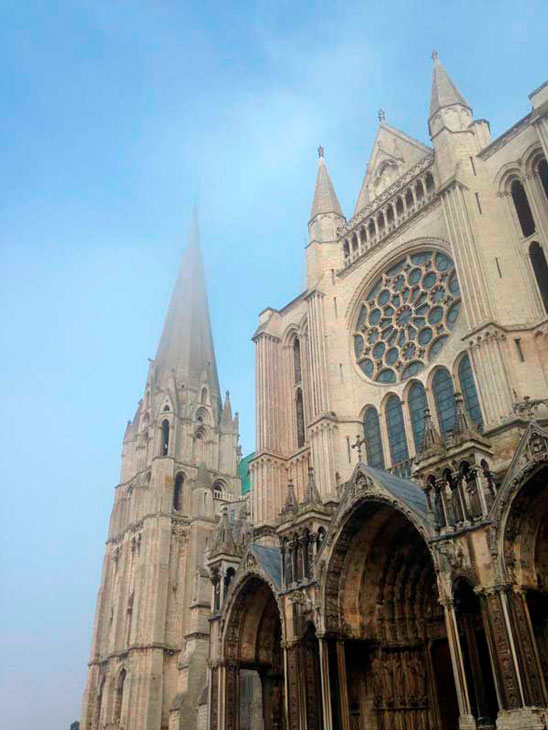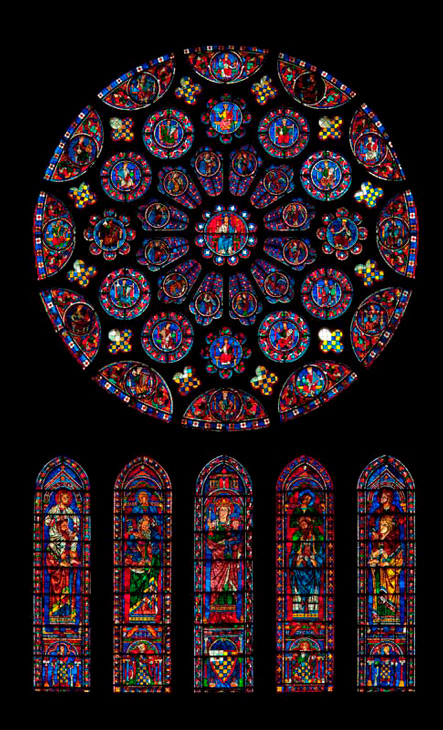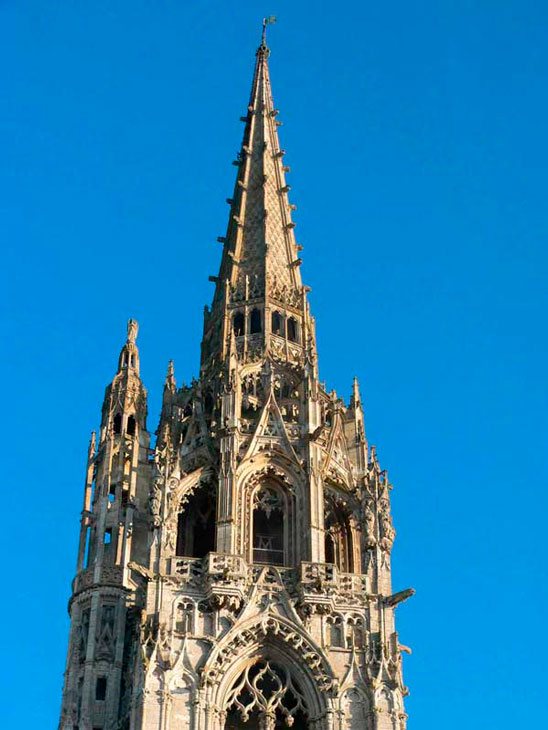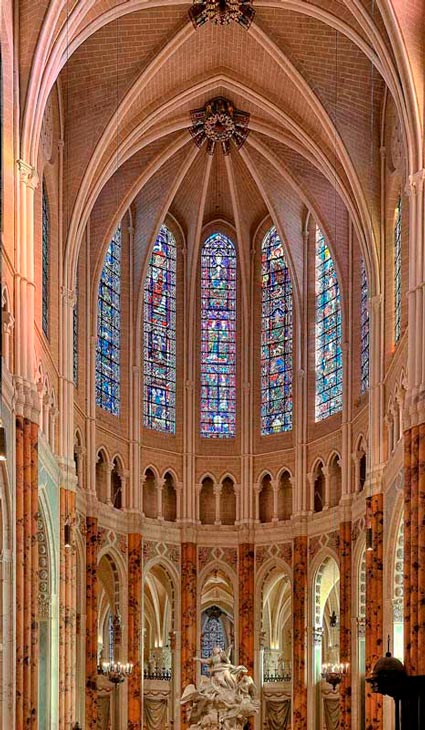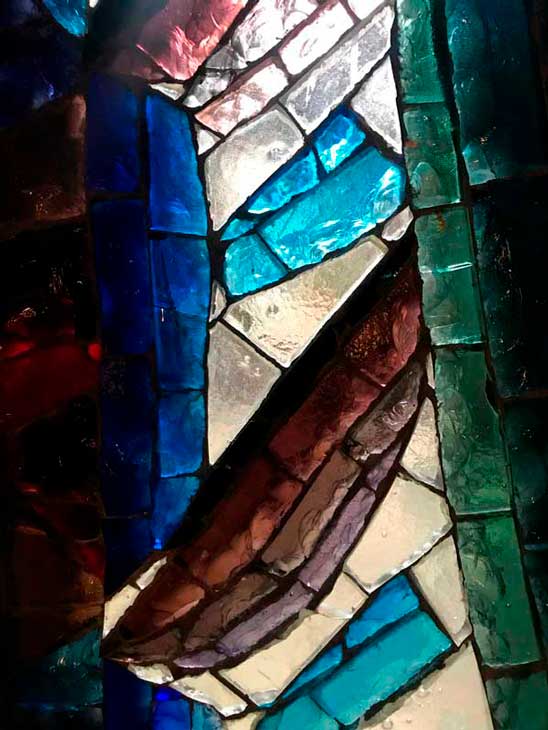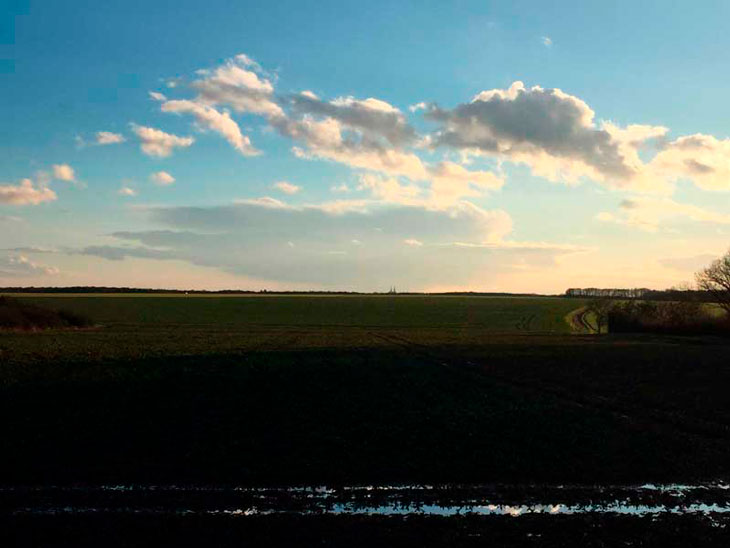A World Heritage
Do you know the significance behind the label of ‘World Heritage’?
It is a monument whose conservation is deemed essential for all of humanity. That everyone must have at heart to keep, whatever their origins or convictions.
But for what reasons? Chartres was classified as a World Heritage site in 1979 (the first cathedral, among the very first French monuments) for significance under three ‘criteria.’
Criterion 1, which is a distinction reserved for few places in the world: representing a masterpiece of human creative genius. Every aspect is essential here: genius, creation, man.
Criterion 2: witness to an exchange of considerable influence. It was truly a major stage in the development of Gothic art – in architecture, in sculpture, in stained glass – which influenced all the buildings that followed.
Criterion 3: be an example that perfectly illustrates a significant period in human adventure. The cathedral ‘opens’ up the world of the XIIth and XIIIth centuries, and it remains an ambassador to these eras.
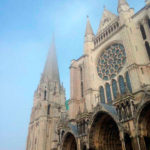
south side © NDC, Candolini
The « statement of universal value » highlights other realities:
The cathedral is terminus of a grand pilgrimage of Mary, to whom the cathedral is dedicated. Even today, people continue to come on foot.

Marian pilgrimage to the cathedral
There is no equivalent for its state of authenticity: « The remarkable set of stained glass windows, the monumental statuary from the XIIth and XIIIth centuries and the painted decoration miraculously preserved from the ravages of man and time make Chartres one of the best-preserved examples (…) of Gothic art. » The coincidences of history and the measures taken to protect it have resulted in hardly any destruction and little alteration.

royal portal, Visitation: Marie & Elisabeth © NDC
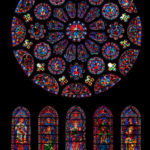
south rose © NDC, fonds Gaud
« Chartres Cathedral has been considered a model from the time of its construction, due to the novelty and perfection of the technical and aesthetic aspects adopted there. » It continues to serve as architectural inspiration, even today… many architects are ‘reinspired’ there.
There are several additions, but they have not altered the purity of the Gothic cathedral: the late Gothic (north steeple), the Renaissance (the choir screen), the classical period (arrangement of the choir), the industrial period (the metal frame), the contemporary era (creation of stained glass).
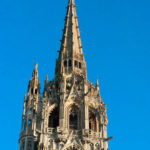
north steeple called ‘Jehan de Beauce’ © NDC, H. de Féraudy
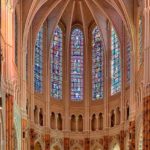
restored choir © NDC, H. Hébert

crypt, stained glass (2010) by Henri Guérin © NDC
Its silhouette, observable from more than 25 km around, constitutes a particularly striking signal in the landscape. It is rare for a monument to have an « exceptional relationship » with the site that surrounds it: this « perception of the cathedral between Heaven and Earth has been evoked by many famous artists and writers. »
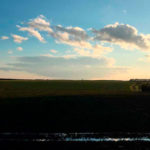
the cathedral emerges on the plain of Beauce
Find all the photos on this page in a clickable version:
